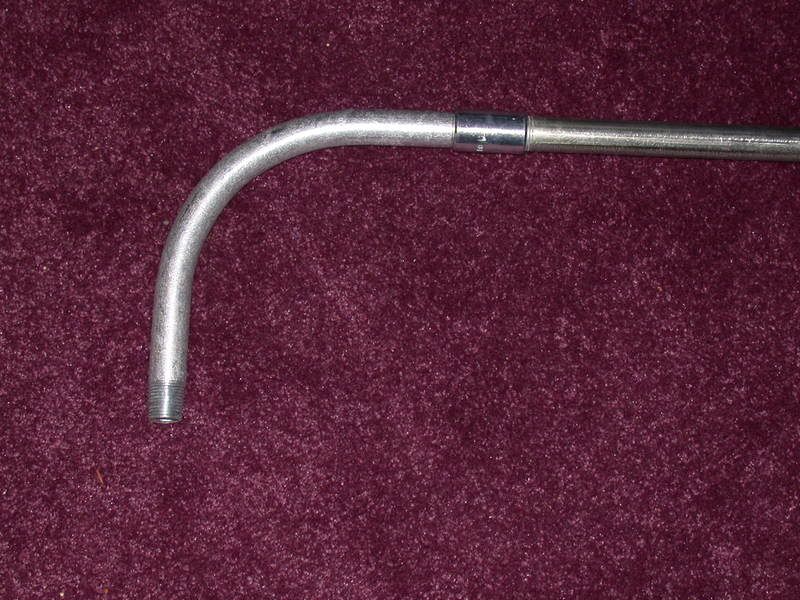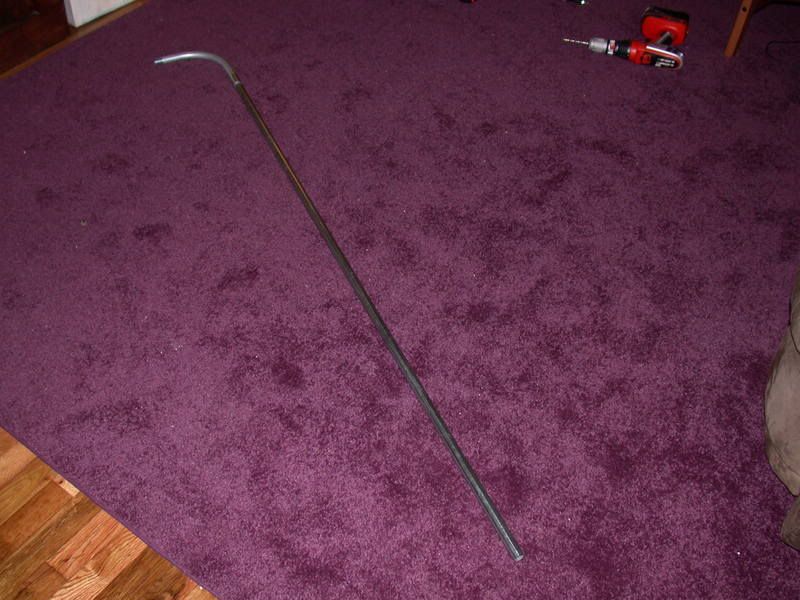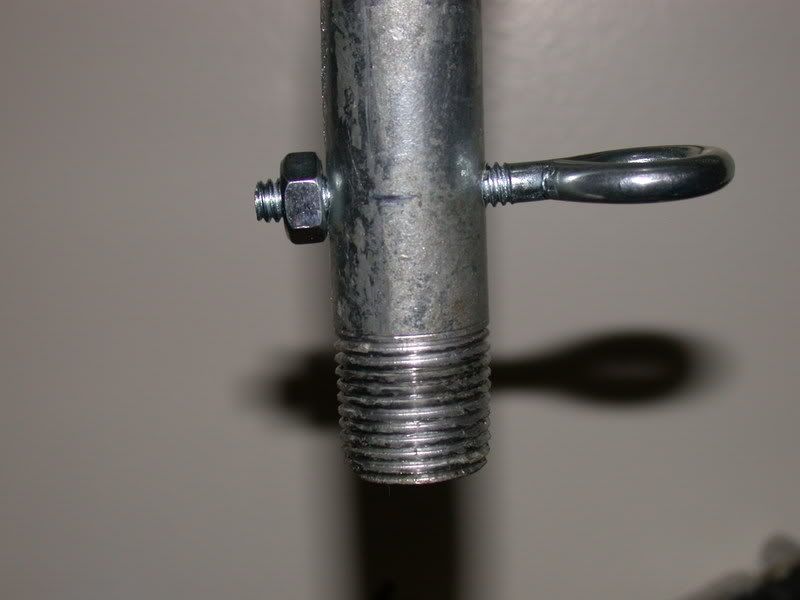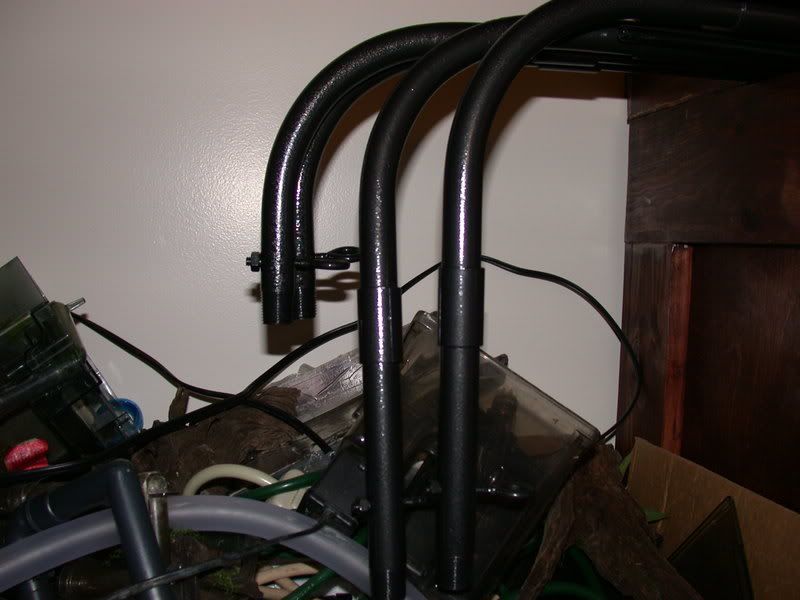Growing aquatic plants is first and foremost about creating a proper environment for them to live in. Unlike terrestrial plants, aquatic plants can not be over or under watered (unless removed from the tank!) do not have humidity requirements, and will not be afflicted with bugs or disease.
They do, though, have their own set of specific requirements, which must be kept in mind when
putting together the components of the tank where they will be kept.
Light
Light is the energy that drives a planted tank. Too little and the plants stall out and die. Too much without the proper understanding and equipment can drive the plants and system too hard, leaving dysfunctional plants in a tank full of algae. The question then is how much is right? The answer depends on what sort of system the tank will be running, high light for high tech systems, low light for low tech systems. More on that later, but the baseline is usually around 1.5-2 watts of fluorescent lighting per gallon of tank water.
Carbon Dioxide
Plants are carbon based life forms, and their source of carbon is CO2. CO2 is much harder for aquatic plants to obtain than terrestrial plants, with liquid being a poor medium for gas exchange! Under lower lighting, many plants can remove enough CO2 from the tank water to remain healthy. Using higher lighting allows faster growth rates and a wider selection of plants, but using a method of injecting CO2 into the tank water to raise its concentration becomes necessary.
Fertilization
In additon to light, water and carbon dioxide, plants need their nutrients, and aquatic plants are no exception, they need their NPK as well. Nitrogen, potassium, phosphate and trace elements such as iron are needed for healthy plant growth. In a properly lit tank filled with plants, they simply can not receive enough of these nutrients from fish waste alone, and these elements must be supplemented by other means, through the substrate and added into the water directly.
The trick then becomes adding enough for the plants, and not so much to adversely affect the health of the other tank inhabitants.
It might sound complicated, but there are proven methods for balancing all these elements: lighting, fertilizing, and managing carbon dioxide levels. With a bit of knowledge, having a successful planted tank to be proud of can be quite easy!












